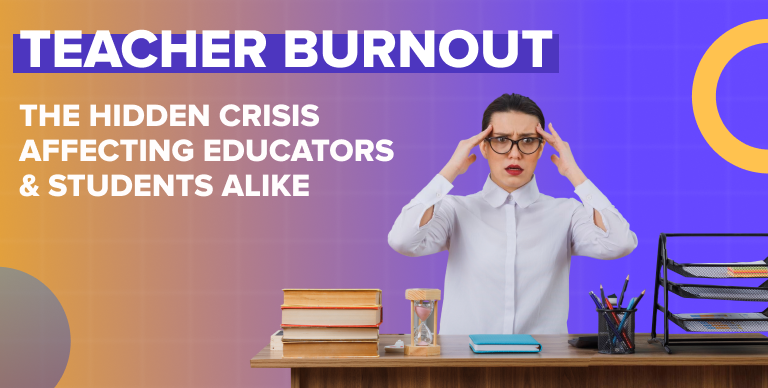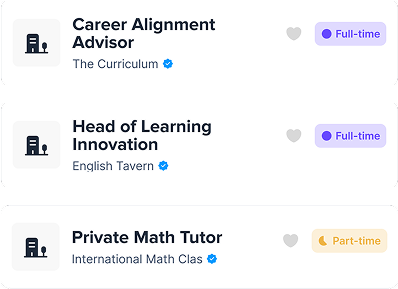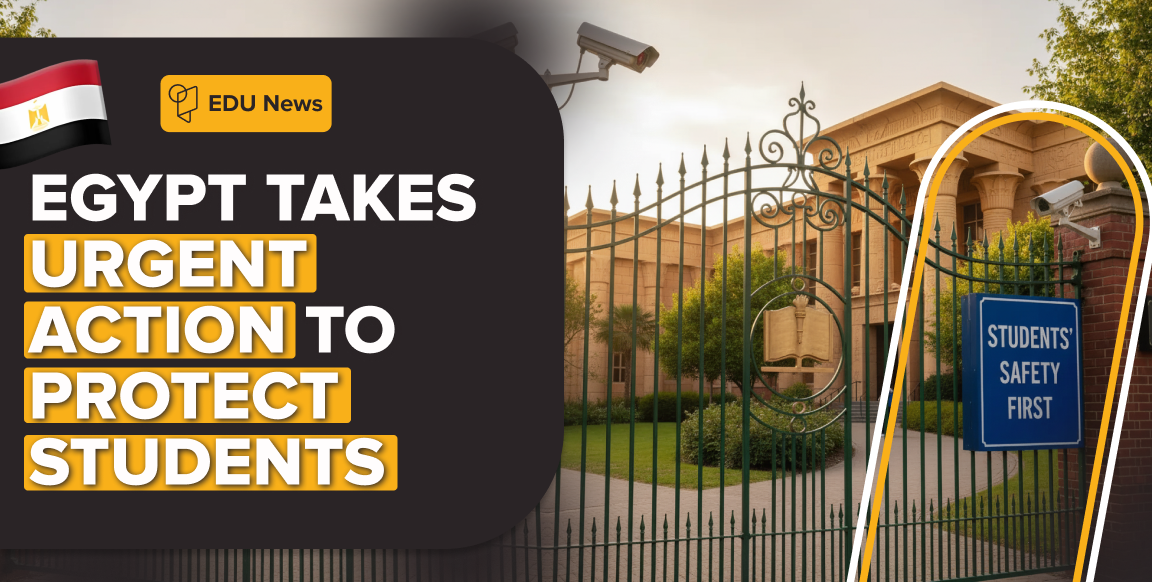Because “Just Power Through” Isn’t a Mental Health Strategy
Let’s cut to the chase: teacher burnout isn’t just a trendy term—it’s the slow leak deflating the entire education system. And while students are (rightfully) the stars of the show, their teachers are quietly holding the whole production together with caffeine, grit, and approximately three hours of sleep. Burnout is pushing some of our best educators to the brink—and then right out the door.
The impact? Everyone loses. But the good news? There are real ways to help. The EDU Blog is full of strategies, stories, and educator-backed advice to support teacher wellness before burnout wins.
Why Are Teachers Burning Out?
Imagine juggling flaming torches while on a unicycle—on a tightrope—above a pit of standardized testing data. Yup, that’s teaching in 2025. Teachers are expected to inspire, manage chaos, provide emotional support, AND keep up with ever-changing standards. And all of that with a whiteboard marker that’s running out.
And the work doesn’t end when the bell rings. Grading, lesson planning, emails, meetings, and worry. Oh, so much worry! This grind leads to chronic stress, emotional exhaustion, and the kind of burnout that no amount of weekend naps can fix.
The Personal Toll on Teachers
Burnout isn’t just “being tired.” It’s running on fumes and still being expected to light the way. Teachers describe feeling emotionally numb, mentally checked out, and wondering why they ever joined the profession in the first place.
And when they leave because of it, it’s not just their loss — it’s a blow to students, schools, and the future of learning itself.
How Burnout Hurts Students
Students know when a teacher’s running on empty. Lessons get flat, enthusiasm drops, and the vibe in the classroom turns from curious to chaotic. Burned-out teachers can’t provide the attention and support students deserve — and that gap shows up in everything from grades to behavior.
And to top it all off, this can lead to students stressing out, too. And before you say students don’t have that much to worry about, think again! With the stresses of 2025, it’s no wonder we had to outline 10 ways to help manage students’ mental health.
What Can Be Done?
Fixing burnout takes more than a pizza party. Schools need to prioritize mental health and create a culture where teachers feel seen, supported, and human. This includes manageable workloads, mental health training, proper planning time, and actual collaboration—not just meetings about meetings.
Policy-wise, governments should fund education like they mean it: smaller class sizes, better pay, and enough staff to share the load. Burnout isn’t inevitable— it’s systematic and really taking care of it means fixing it at its source.
The Bottom Line
So yeah, it’s confirmed: burnout isn’t just bad for teachers — it’s bad for everyone! We need to move from “just survive the year” to “let’s build a system where teachers actually thrive.”
Want bite-sized strategies that don’t require a total system overhaul? EDU Passport has you covered with practical tips, honest convos, and real talk from educators who get it. Visit edupassport.io and sign up for insights that make burnout less of a certainty and more of a solvable challenge.




















